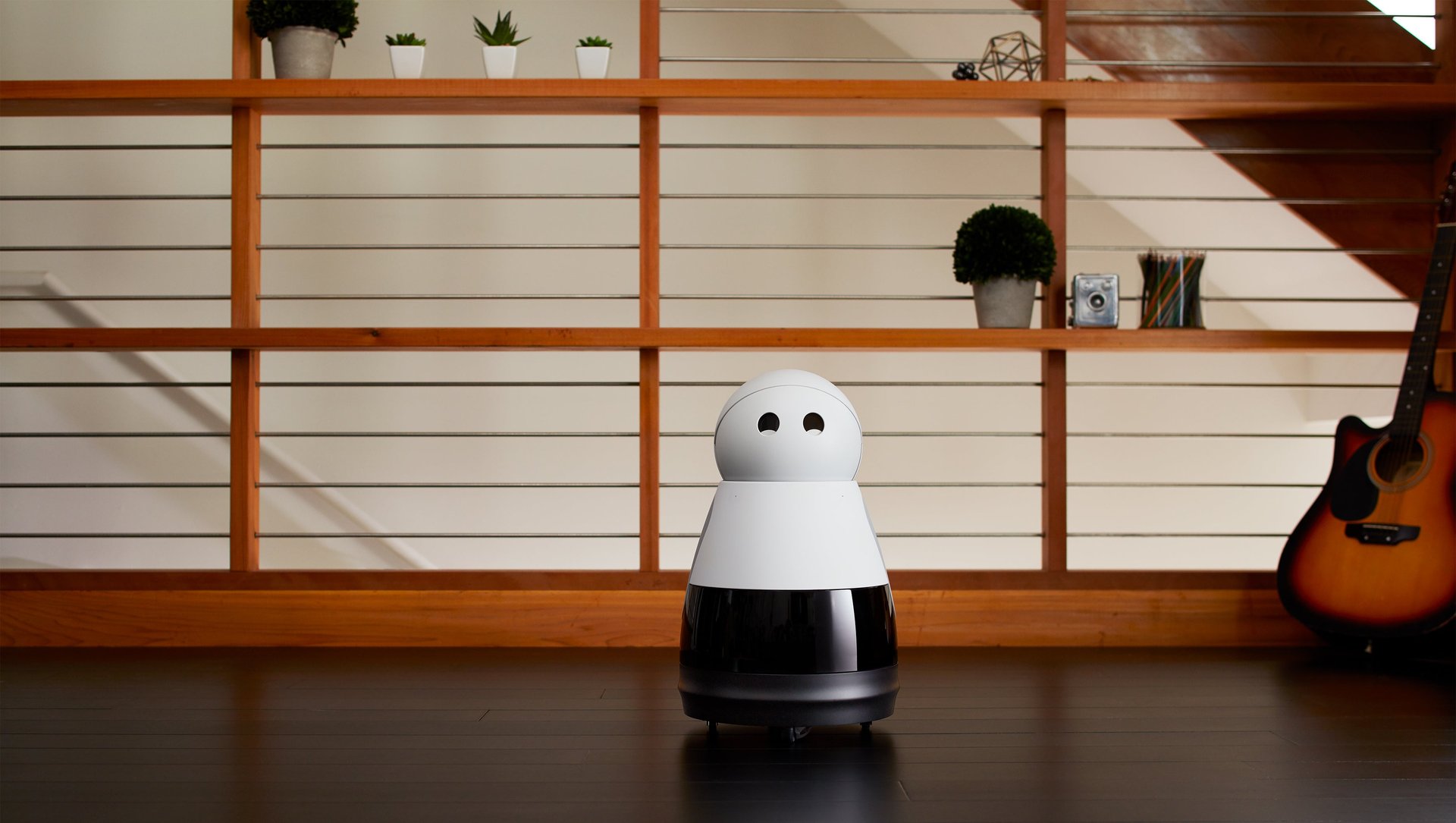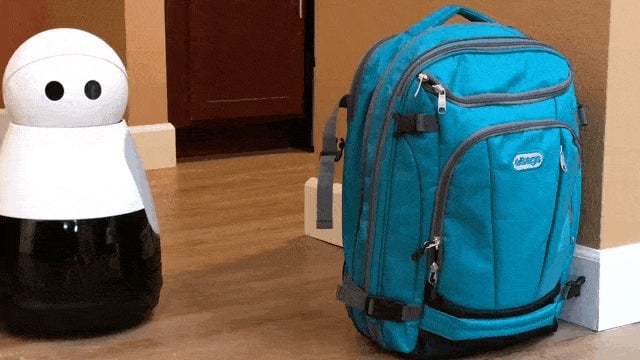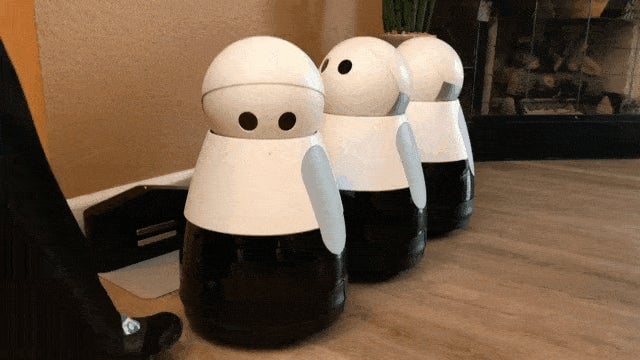Having real robots in our homes remains an out-of-reach fantasy
If you grew up watching The Jetsons, Lost in Space, Star Wars, Futurama, or Wall-E, you’ve probably been waiting with bated breath to be able to bring your own R2-D2 home.


If you grew up watching The Jetsons, Lost in Space, Star Wars, Futurama, or Wall-E, you’ve probably been waiting with bated breath to be able to bring your own R2-D2 home.
Unfortunately, you’re more likely to pass out: There really aren’t any good robots coming anytime soon.
One of the most promising I’d come across, a robot that actually felt like something approaching a movie creation, was the Kuri by Mayfield Robotics, a startup founded in 2015. I first encountered Kuri at the 2017 CES electronics trade show in Las Vegas. In the early demos, you could already see how Mayfield was trying to build something that was part useful gadget, part robotic companion. Kuri had its own set of reactions to different environments; it would wander around your home curiously, looking for friends; it could also patrol your home and send video back to you through an app. We at Quartz agreed it was the best robot of CES.

The creators worked hard to make something that felt endearing and useful, and aimed to sell it for just $700, less than a top-tier iPhone. They hired ex-Pixar animators to give Kuri a real sense of character, and welcomed the robots into their own homes, with their own children and pets, as they tested it. It seemed like Kuri might be a rare hardware success story for a US company: Mayfield started shipping to its first customers in this past winter.
And that was when I first had concerns
The company didn’t offer any robots to reviewers—it said it wanted to get the robots into the hands of paying customers who had been waiting patiently, which is fair. Yet I started to wonder if there were issues they didn’t want reporters to see. Every demonstration since then—at this year’s CES, at South by Southwest festival, at TED, on morning news shows—had remained heavily scripted. There was a chance Kuri wasn’t living up to the dream of being the first robot you might actually want to take home.
Last night (July 24) the company announced that it was pausing operations. Mayfield and its main backer, German electronics giant Bosch, are going to spend the next month looking for new investors to keep the company going. Production of Kuri will stop immediately. Mayfield is offering refunds to buyers, whether they got their robot or not.
It’s disappointing. Of the dozens of companies producing robots they say will be the first you’ll want to welcome into your home to do more than just vacuum, Kuri was the only robot I’ve seen that actually felt like it could be a companion. An actual addition to a family, like a new pet (that can also play Spotify). Most of the other robots have felt woefully cheap, amateurish, or just flat-out terrifying. Many are just bug-eyed plastic hunks with tablets strapped across their chests. Kuri appeared to have potential for personality, energy, and cuteness. It made me feel like we were close to the future that I’ve seen played out on screens my entire life.

What blocked Kuri
Kuri ended up falling victim to the same problems every new US hardware startup struggles with: Building new things is costly and time-consuming, and it’s really difficult to turn dreams into realities, regardless of how many robot-loving writers you’ve managed to convince of your vision.
I hold out hope that in my lifetime we’ll have robots in our homes that are both useful—increasingly lonely and aging populations around the world are in dire need of assistance—and entertaining. There are researchers and companies aiming to address those markets, some of whom have made it their life’s mission. So useful and enjoyable robots may one day actually grace our living rooms.
Still, much like we’re seeing with the creation and roll-out of autonomous vehicles, these are difficult problems to solve. Rushing to solve them will likely be more damaging in the short term. Look at what’s happened with Uber’s brash self-driving program. Companies that can afford it need to take time to ensure that automated products designed to interact with humans are safe in every instance. Taking time (as others, like Alphabet and Ford, appear to be doing in autonomous vehicles) to do things properly is a costly endeavor for startups sitting on a finite amount of cash—and slim prospects for revenue to pull off.
For a moment, it looked like there had been a real breakthrough. But owning your own R2-D2 remains a pipe dream.
Oh, and I’m sorry to burst another bubble: Flying cars aren’t real either.